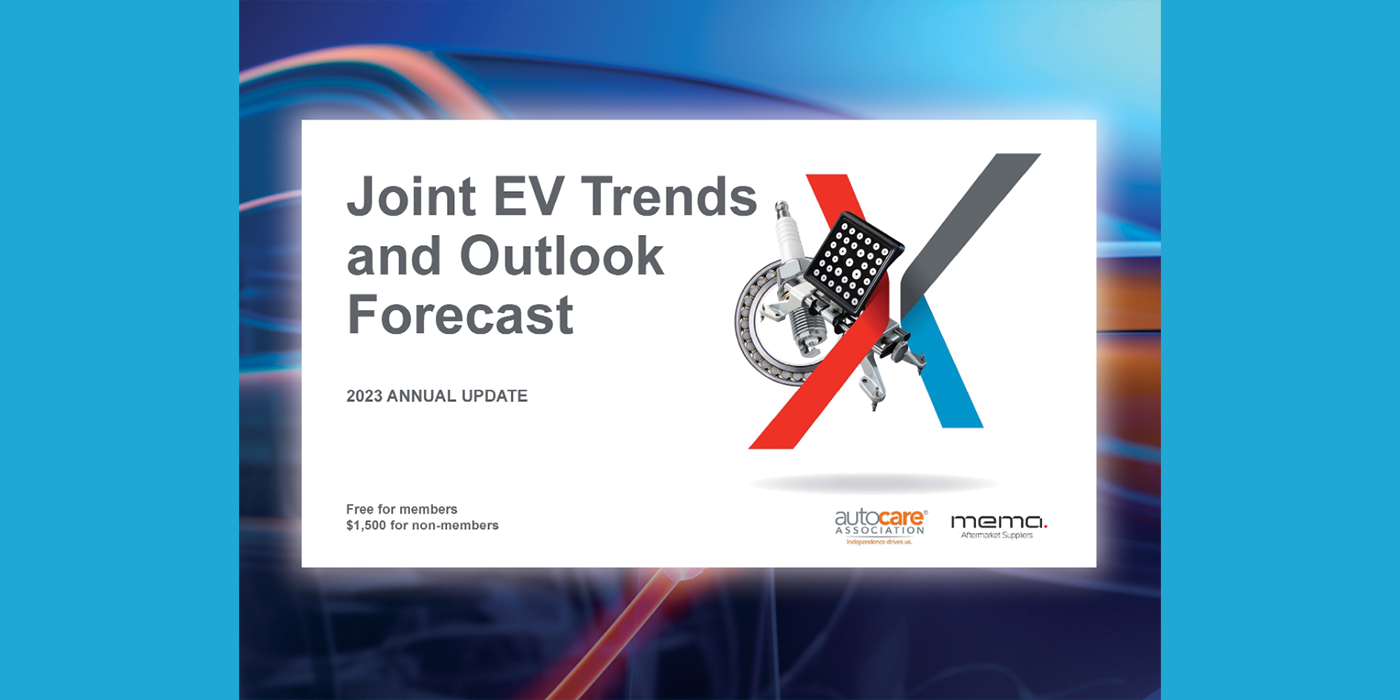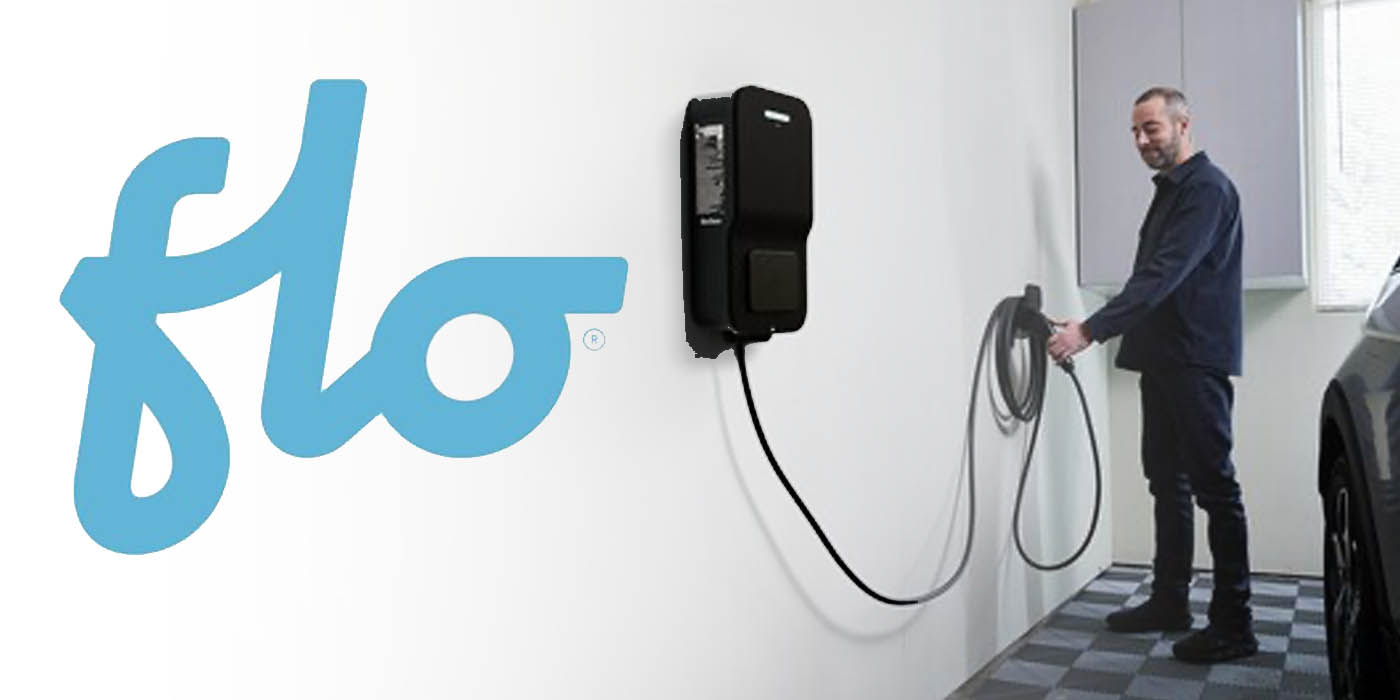Global new light vehicle sales will reach nearly 83.6 million units in 2023, a 5.6% increase year-over-year, according to a new forecast by S&P Global Mobility.
The auto industry continues to navigate supply chain challenges while confronted by several markets facing deteriorating economic conditions and fading pent-up demand, reports S&P Global Mobility. As semiconductor availability plays out, demand destruction is expected to take a more fundamental role in 2023, impacting production and the inventory restocking cycle.
S&P Global Mobility says it remains wary on recovery prospects. Destroyed demand is a key feature of the tepid forecast outlook – impacted by a blend of general economic impacts, higher interest rates, tight supply chains, an intensifying affordability squeeze, higher new-car prices, weakening consumer confidence, and heightened energy price/supply concerns. Two trailing years of pent-up demand remains, but headwinds risk an orderly release — including patchy recovery patterns for semiconductor supply, energy risks (especially through a European winter), and logistics log jams. With the auto industry already operating at, or near, recessionary levels, the forecast outlook remains mixed at best.
“2023 is expected to be a year of recovery, but likely a cautious one as the world approaches a gloomy trio of anniversaries – three years of COVID, two years of semiconductor disruption, and one year of Russia-Ukraine war impacts,” said Colin Couchman, executive director, global light vehicle forecasting, S&P Global Mobility. “The rapid zero-COVID policy exit in mainland China provides further food for thought as we approach the New Year.”
Full-year 2022 light vehicle sales – projected to reach nearly 79.2 million units by S&P Global Mobility – represent a 1.3% decline from 2021 levels.
U.S. sales volumes are expected to reach 14.8 million units in 2023, an estimated increase of 7.0% from the projected 2022 level of 13.8 million units. “The U.S. auto market is struggling, impacted by supply chain, labor, logistics, inflation, and wider economic concerns,” said Chris Hopson, manager, North American light vehicle sales forecast, S&P Global Mobility.
“Ongoing supply chain challenges and recessionary fears will result in a cautious build-back for the market. US consumers are hunkering down, and recovery toward pre-pandemic vehicle demand levels feels like a hard sell. Inventory and incentive activity will be key barometers to gauge potential demand destruction.”
Electrification Looks Unstoppable
This year saw many OEMs double down on electrification ambitions for the coming five to 15 years, with 2022 seeing some carmakers dramatically scrambling to catch up. China’s NEV policy, Europe’s “Fit for 55,” and the USA’s IRA have moved the goalposts, resulting in electrification becoming firmly embedded in policymakers’ visions for a greener future for mobility.
S&P Global Mobility says it projects global demand for battery electric passenger vehicles is on track to hit almost 10 million units for 2023, accounting for an estimated 13.3% of global passenger vehicle demand.
As many markets shift to greater levels of electrification, S&P Global Mobility expects vehicle pricing to be pressured to the upside, presenting a headwind to demand in the short-to-intermediate term. Longer-term questions remain, especially regarding charging infrastructure, grid power, battery supply chains, and the appropriate level of policymaker support to help smooth the transition from fossil fuel vehicles to electric vehicles.
For the full report, including market-by-market forecasts, visit www.spglobal.com/mobility













